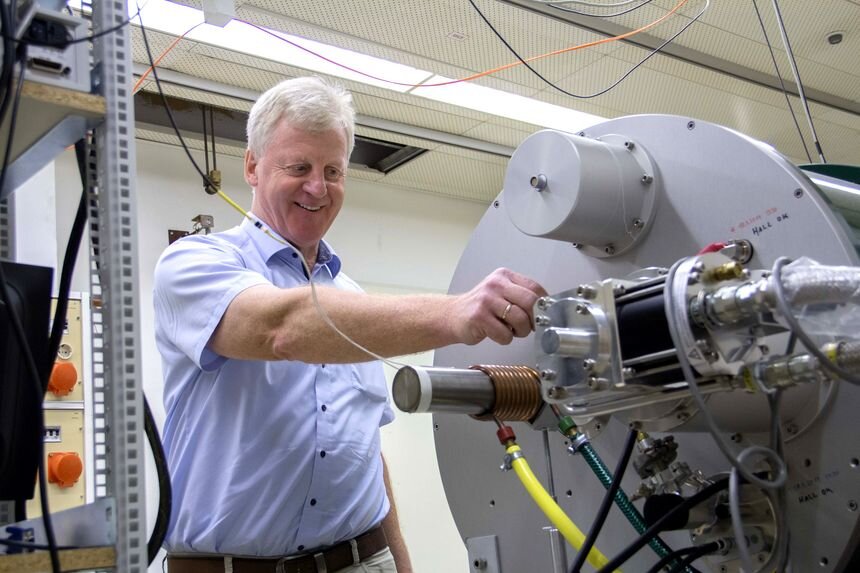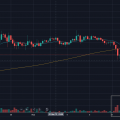
Researchers have created a new type of thermoelectric material that is twice as effective as any existing analogs.
Thermoelectric materials canconvert heat to electricity. This is due to the fact that in the presence of a temperature difference between the two ends, an electric voltage arises in them and the charged particles begin to move. Moreover, the amount of generated electricity depends on the dimensionless figure of merit (ZT), and the higher it is, the more efficient the conversion.
The best for todaythermoelectrics this indicator is onlevel 2.5-2.8. However, a team of scientists from the Vienna Technical University presented new material with a ZT value of 5-6. It is a silicon crystal coated with a thin layer of iron, vanadium, tungsten and aluminum.
The optimal thermoelectric material shoulddemonstrate strong Seebeck effect, conduct electricity well, but at the same time be a poor heat conductor. The combination of the latter two factors is a difficult task, since they are usually closely related.
In a pure combination of iron, vanadium, tungsten andaluminum atoms are distributed evenly in a face-centered cubic lattice, that is, between the two particles of each metal is always the same distance. However, when a layer of this material is applied to silicon, its structure changes, and the arrangement of atoms becomes random.
Such distribution features alterelectronic structure of the material, due to which the current passes through it in a special way, without scattering. In this case, irregularities in the crystal structure worsen thermal conductivity, which enhances the thermoelectric effect.
According to the scientists themselves, although a thin layer of newmaterial will not be able to generate a lot of energy, but it will be enough to power sensors and small electronic devices. They believe that the development has great potential for the use of the Internet of things in production networks, since it will get rid of wires.
Let us recall that previously a team of engineers turned a piece of wood into a flexible membrane that converts thermal energy into electricity, even with minor temperature changes.
</p>




